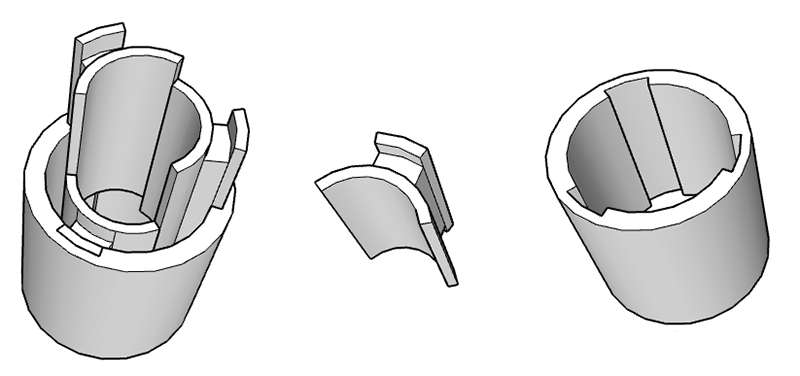If you’re building something that moves, chances are you’ll be using an electric motor. There are tens of thousands of different motors out there, each with their own properties, speeds, torque, and sizes. How do you pick the right motor? Most of the time it’s a highly educated guess, but [Solenoid] has a better idea: just 3D print a motor designed by a calculator that will give you the properties you need
This entry for The Hackaday Prize is just a web-based calculator for motor designs that takes torque, speed, size, or form factor as an input and spits out a complete motor design. Sure, you’ll need to wind coils on a 3D printed frame, but this calculator removes the need to calculate inductance, coil capacitance, and all the other bits needed to construct an efficient motor.
While actual products made in the millions will still be using off the shelf motors, this project is perfect for one-offs. If you want to motorize a telescope mount, this project will design a motor given the power and resolution per steps required. If you want to build a wind turbine, this calculator will put blades right on the outrunner of a brushless motor. It’s a great project, and something we can’t wait to see the results of.






















Excellent idea.
BTW, Brian, did you just shorten the word “motors” to “motrs” so that the title fits into two lines?
It would fit anyway: https://i.imgur.com/qgh9Un5.png
Not much of a motor if it don’t have an iron core of laminated poles. Most all motors only have one set of windings reacting against counter force in a conductive core. This motor requires both stator and rotor to have windings on plastic.
mo·tor:
/ˈmōdər/
noun: a machine, especially one powered by electricity or internal combustion, that supplies motive power for a vehicle or for some other device with moving parts.
So that dodges a serious issue with a nitpick.
There’s been a lot of ironless or coreless motors, but most are brush DC and require magnets (which he is apparently trying to avoid). What he’s actually designing is a plastic body AC Induction motor (asynchronous). These have traditionally had steel backing to help fold the current over, and as the traditional aluminum bus bars in the rotor are effectively single turn shorts, they generate heat. A lot of localized heat. They can still be quite efficient, but I doubt a printed rotor hub will be able to last long when holding the copper rotors. Copper is generally not used for the rotor because of weight (rotational inertia), temperature (lower mechanical strength), and machinability (“gummier”) versus aluminum. Oh, and the significant cost difference.
So is this calculator available somewhere yet?
MOTRS?